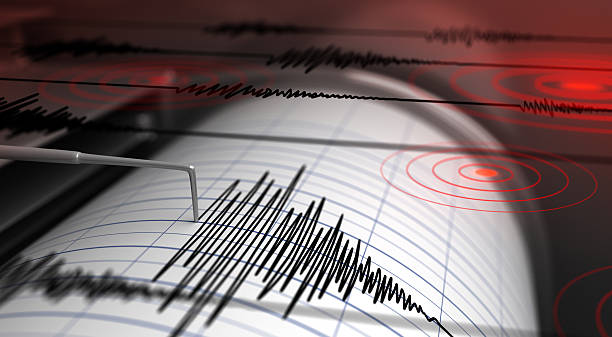

INTRODUCTION
In the present era, occurrence of seismic events has become very common all over the world in which minor earthquakes are occurring nearly every day in some parts of the world. Each earthquake of high to severe magnitude results in huge loss of human lives, destruction of properties, buildings and infrastructure, and affects transportation of goods and services. Large amount of money and manpower is required to recover with the widespread destruction caused. To avoid the vagaries of these seismic events, design and construction of buildings and structures to resist earthquakes become utmost essential. As we know that earthquake is a natural disaster which occurs due to the movement/drifting of tectonic plates, it is difficult to forecast it. Hence, we can only design ‘earthquake resistant’ structures not ‘earthquake proof’ structures. Earthquake resistant design of structures generally aims that damage(s) can occur in the members of the building without collapse. Standards, being a tool to address problems of repetitive nature, are used by countries world-over to address the risk due to earthquakes as well. In the country, the Bureau of Indian Standards has therefore formulated a series of Indian Standards in the field to ensure proper planning, design and execution of buildings and built environment taking into cognizance the potential of the buildings and infrastructure so built to counter the earthquakes in a sustainable manner. This article discusses some of such efforts.
To view the whole Article click on "View PDF" button provided below :